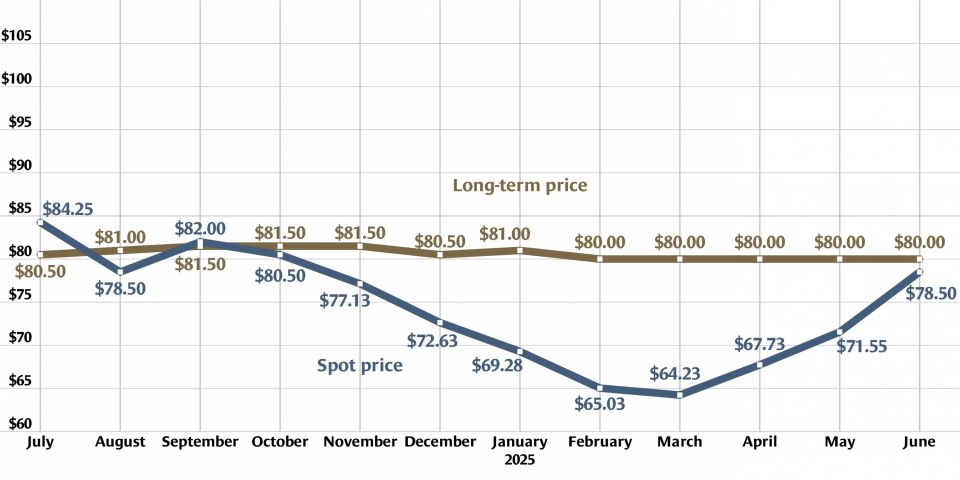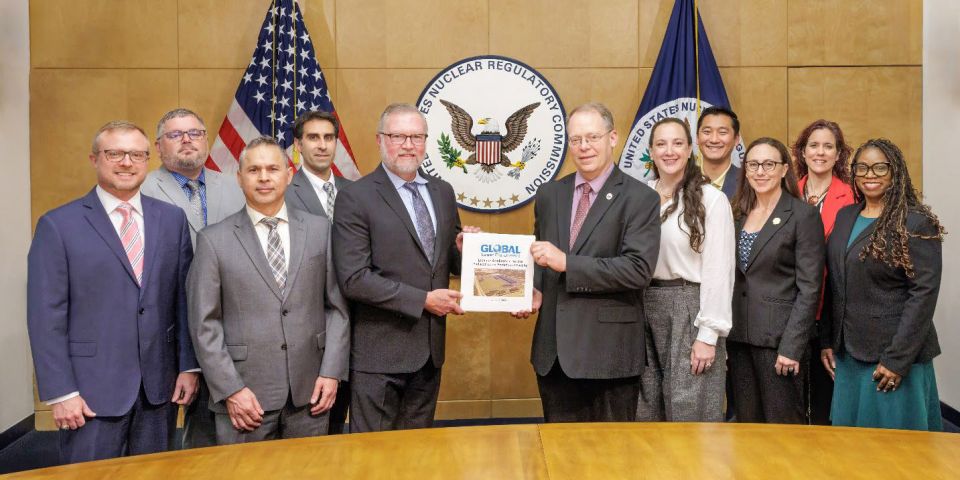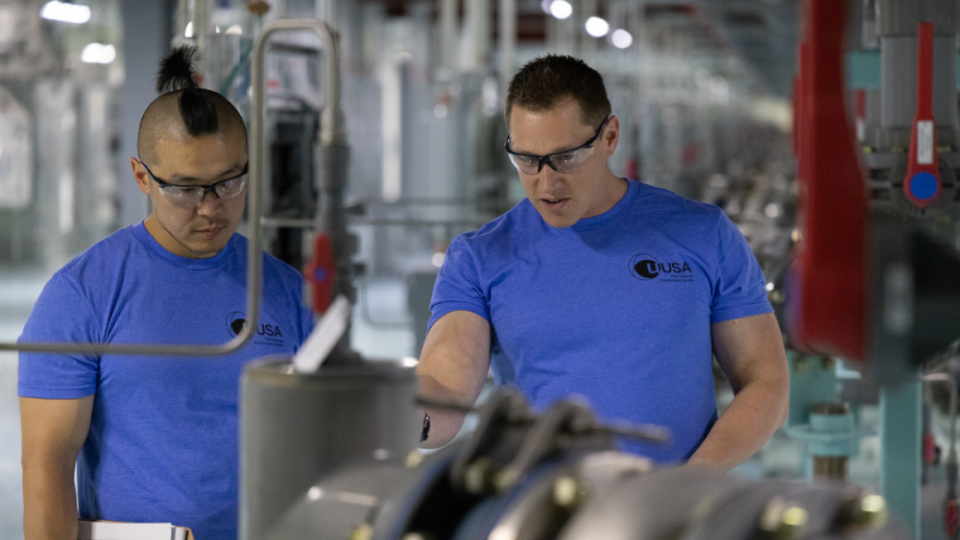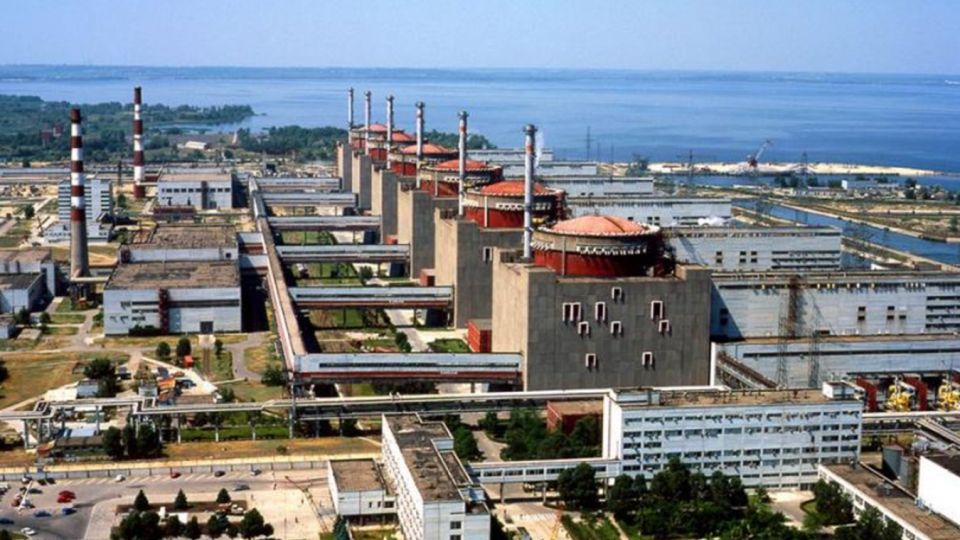The U.S. nuclear fuel Gordian knot: From global supplier to vulnerable customer

This article is the second in a series about the domestic nuclear fuel crisis. The first in the series, “‘On the verge of a crisis’: The U.S. nuclear fuel Gordian knot,” was published on Nuclear Newswire on April 14, 2023.
Once upon a time, enrichment was a government monopoly—at least outside the Soviet bloc. But the United States, eager to get out of the field, was convinced that the private sector could do it better. Now, the West is dependent on the Soviets’ successors and is facing an uncertain supply, a complication of the Russian invasion of Ukraine.
Slowly, a consensus is growing that dependence on imports is a bad idea. Some experts also say that upsets like the 2011 Tōhoku earthquake and tsunami, and the collapse of natural gas prices due to fracking, show that the market is too prone to shocks for private companies to navigate without support. One of the architects of the U.S. government’s exit from the enrichment game is now voicing second thoughts. And belatedly—shortly after the first anniversary of the beginning of the Russian invasion—five Western countries, including the United States, announced that they have to get more deeply involved in the fuel supply chain, but didn’t say precisely how.








